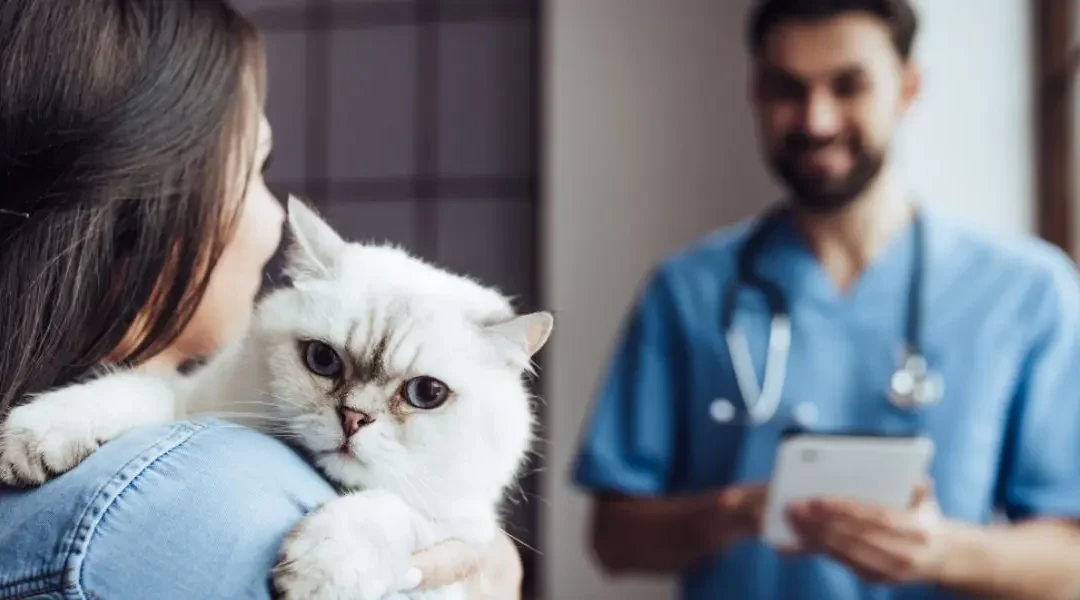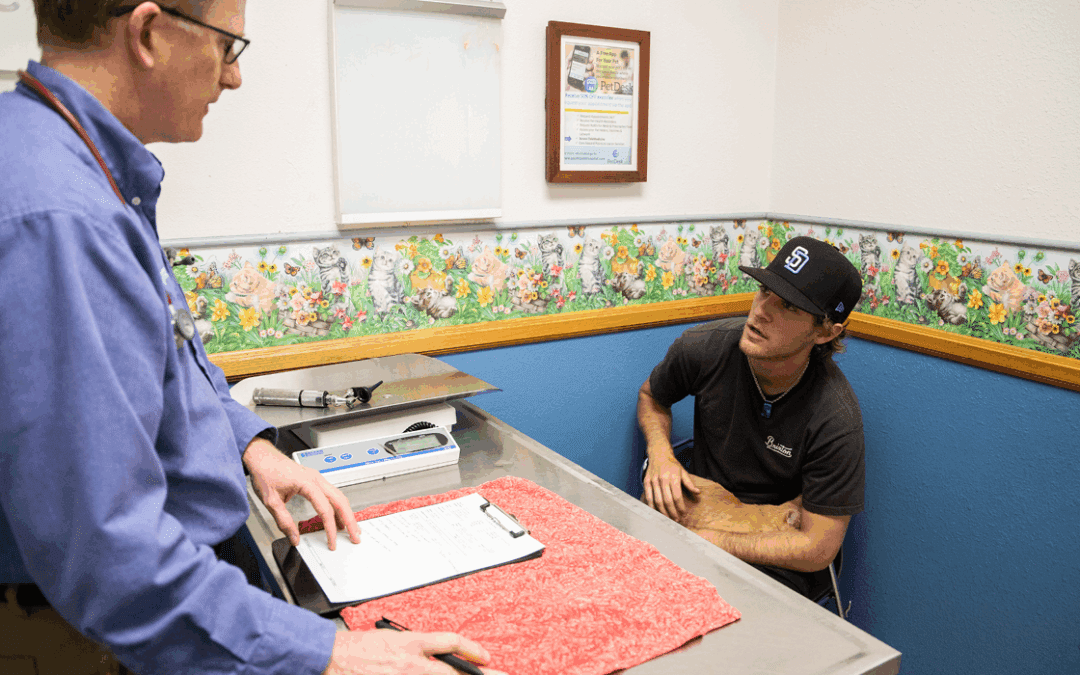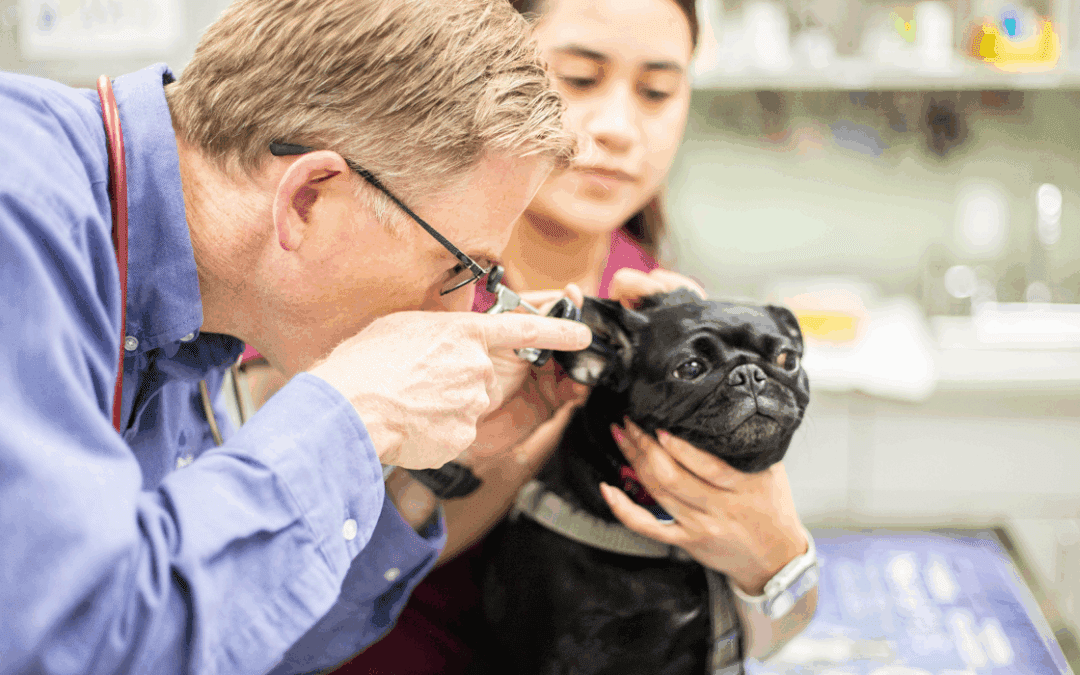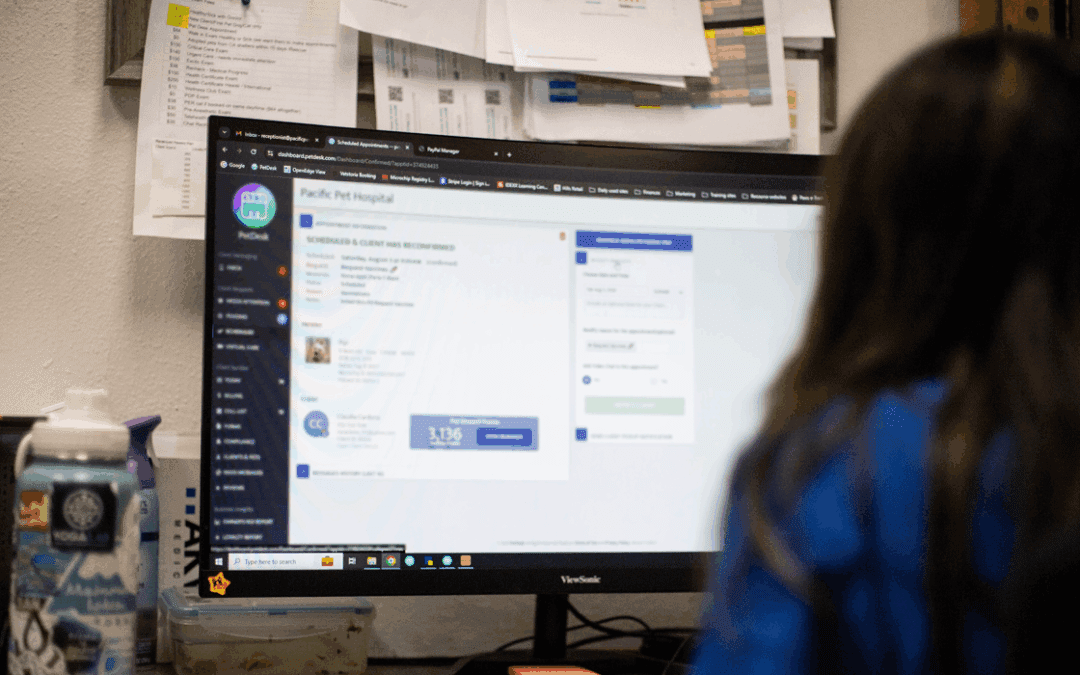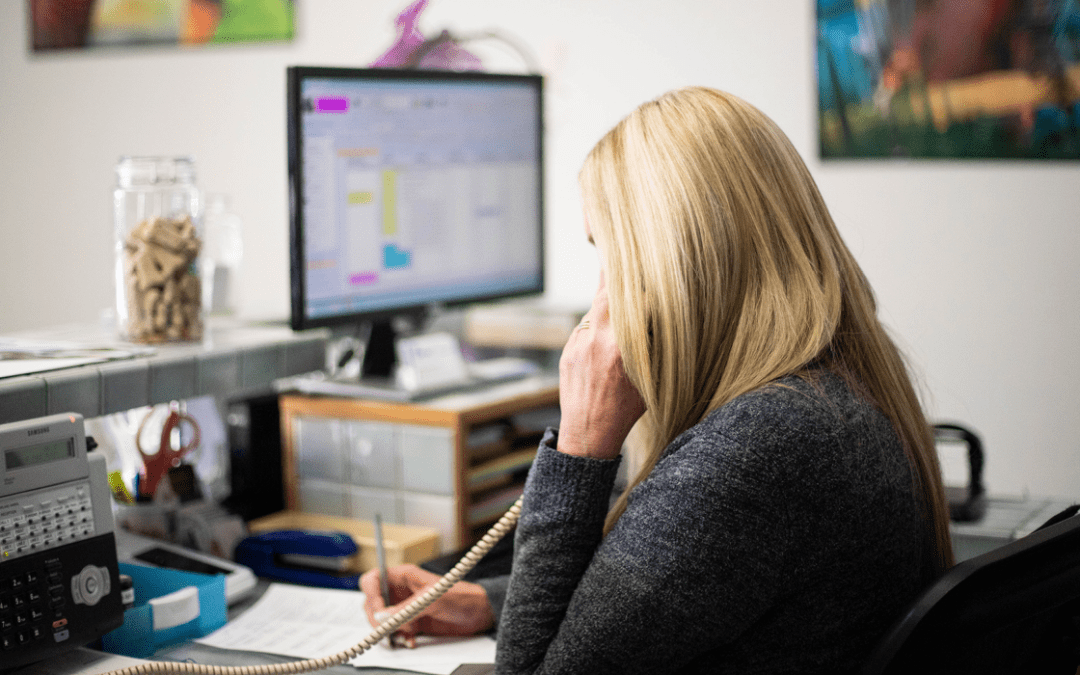What Does That Mean for Your Practice?
In 2007, the smartphone was put into people’s hands for the very first time. In 2019 – only 12 years later – 81% of Americans owned a smartphone while only 4% did not own any mobile phone. This has been a trend that the Pew Research Center has tracked closely.
So what? It’s a computer in your pocket, and we had personal computers for over a decade before the first smartphone ever came out. A phone call is still ‘personal touch,’ right? What’s the big deal, and why should veterinary business managers care?
The difference between the personal computer and the smartphone
People have fundamentally changed the way they interact with information and business, even if they’re accomplishing similar things
Remember MapQuest? People used to print out directions from a website on their computer mainly to places they never went before. Drivers would reference this piece of paper with step-by-step directions and some would need to keep an eye on the odometer to know when to turn.
Now, compare that to any map-based smartphone app. For one thing, there’s no need to print anything because your smartphone is always on you. Further, most maps today autofill addresses for you, guess at the correct address when you make a mistake, and some even allow you to change your direction, add a stop, or estimate traffic – all in real-time. It will even remember common destinations and suggest them for you. Monday morning at 8 am and you’re in your car – your smartphone will automatically suggest directions to your workplace.
With MapQuest, you were generating directions and bringing them with you. Within the other, a personal assistant is tailoring an experience specifically for you. You own the map on the smartphone in a way you cannot own three sheets of paper. It’s not surprising that in 2019, mobile usage increased by over 10% versus the year before, even while smartphone ownership barely increased. This means that people with smartphones are using their smartphone more often than they were before.
Implications For Veterinary Practices
So now, when consumers connect with businesses via apps on their smartphone, the game is fundamentally different. Clients visit your website, but it’s your website. Clients call you, but the experience is usually driven by a CSR rehearsing a well-worn script that they own, not the client.
On their smartphone, clients have photo after photo of their pet, they have their settings loaded and their background personalized – they are in their element. While websites and the phone at the front desk aren’t going anywhere any time soon, clients now want, and increasingly expect, a mobile experience through an app that feels like their own. When clients can communicate with their veterinary practice in a way that accommodates convenience and personalization, they are more satisfied and loyal.
But it doesn’t stop there. Text messages also happen on smartphones, within the clients’ space. A phone call holds an implication of time and impromptu interactions. Clients today, especially younger ones, prefer the buffer of time provided by a text message. This is known as asynchronous communication, and it can drastically improve the conversations you have with clients. After all, it’s happening in their preferred area for communication: their smartphone.
Everyone has heard the observations: the internet, computers, and smartphones are all changing people. And they are right – we are all different now, as a result of these devices and the value and convenience they provide. Whether this is positive or negative is now a question for parents and psychologists. The question for veterinary business managers is whether they will serve the “pre-2007 client”, or the “post-2007 client.”
See the power of PetDesk for yourself—for free
Save time and grow your business with custom websites and digital marketing, 24/7 error-free booking, a PIMS-VoIP phone system, plus a client engagement platform with a mobile app.

